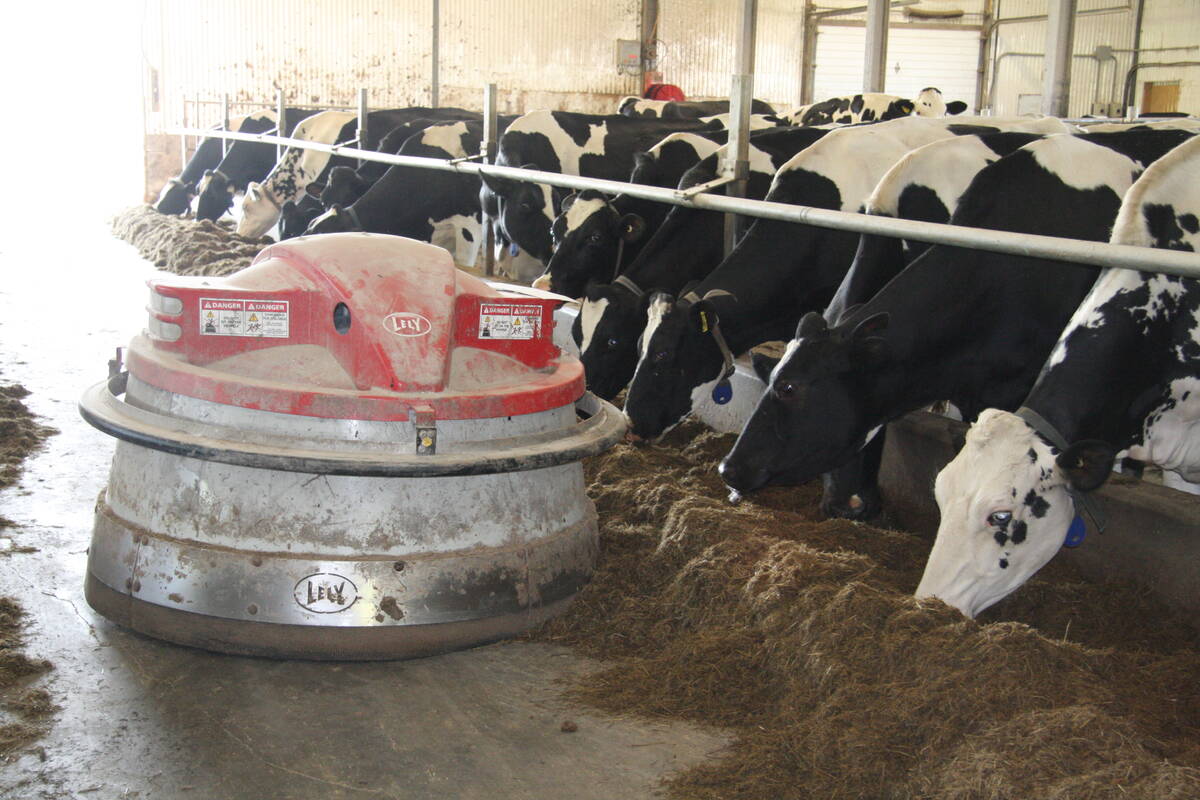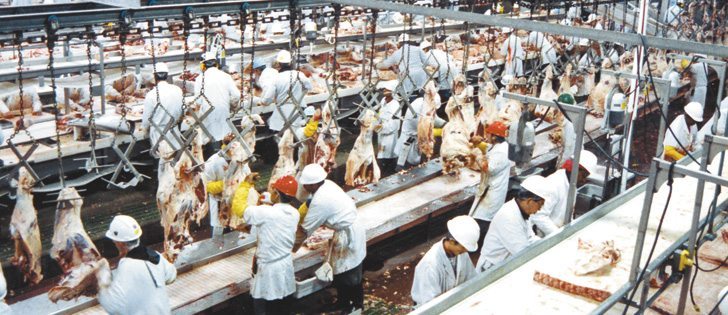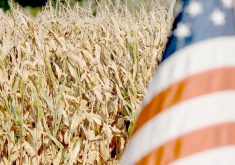The United States may apply for new BSE status by next February.
The request to change to negligible from controlled risk would go before the world animal health organization, known as OIE, its French acronym, next February for consideration by member nations at the May annual meeting, said Debra Bryanton, executive director, food safety directorate with the Canadian Food Inspection Agency.
BSE is one of four serious animal diseases where a country may declare its level of risk when certain control provisions are met, she told the Canada Beef Export Federation annual meeting in Calgary Sept. 18.
Read Also

Partnerships, communication key to disease management
Communication and strong, trusted partnerships are key to managing infectious diseases like Foot and Mouth Disease and HPAI.
Canada and the U.S. have controlled risk status based on measures like a ban on feeding ruminant protein to cattle, handling of specified risk materials, surveillance and meat processing practices. The U.S. may succeed because its last case of BSE was found in an animal born before it implemented a feed ban in 1997.
“The U.S. cases were born more than 11 years ago so they are eligible,” said Bryanton. The U.S. was eligible to apply last year.
However some questions remain about the U.S. level of surveillance and its feed ban, which does not exclude SRMs from fertilizer. Canada’s last BSE case was born in 2003 so this country is not eligible for new status until at least 2014.
All U.S. cases were atypical BSE in old cows while most of Canada’s 16 cases were BSE traced back to contaminated feed. A change for the U.S. could leave Canada at a further disadvantage in key markets.















